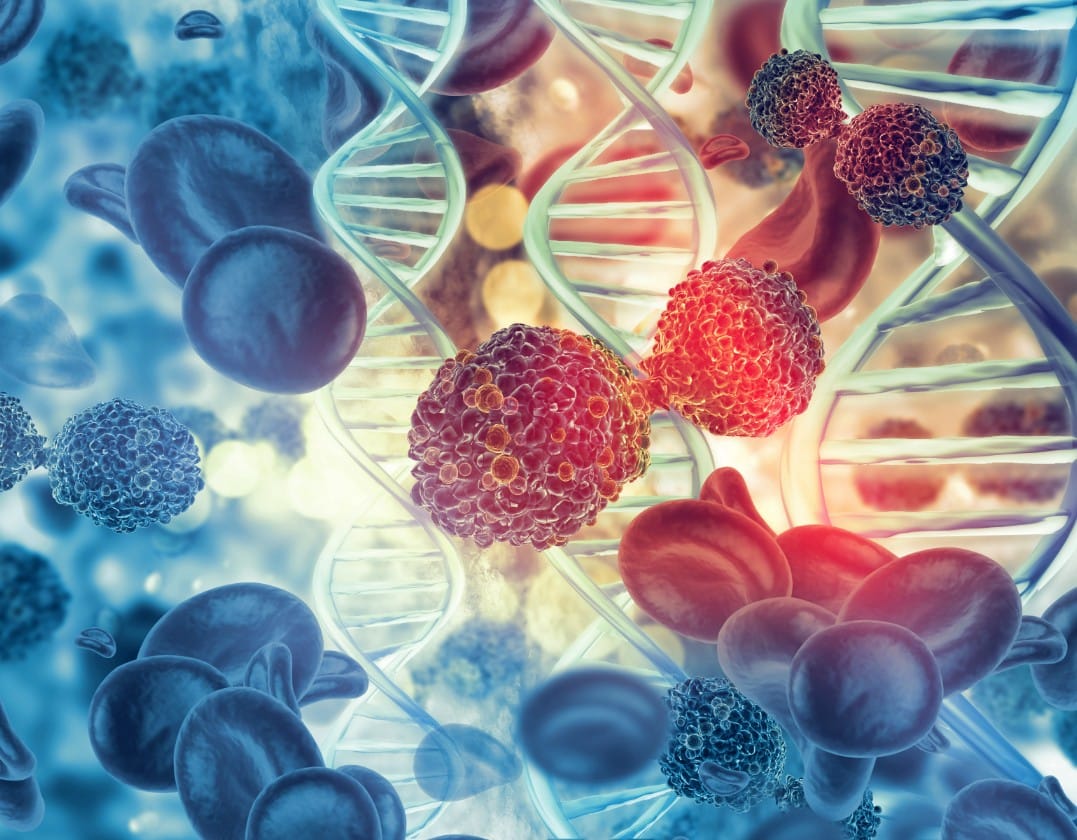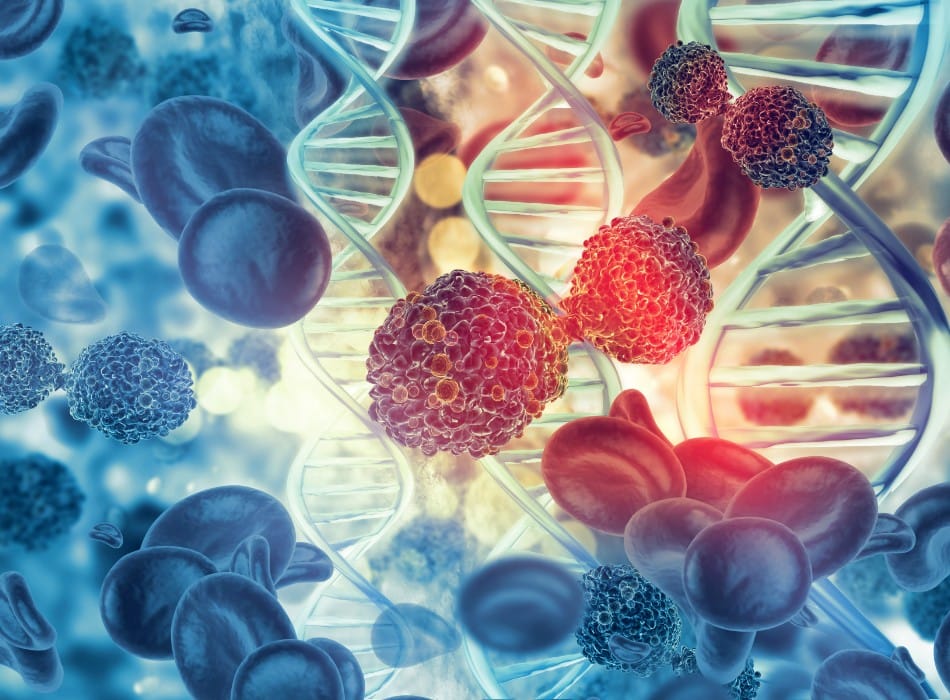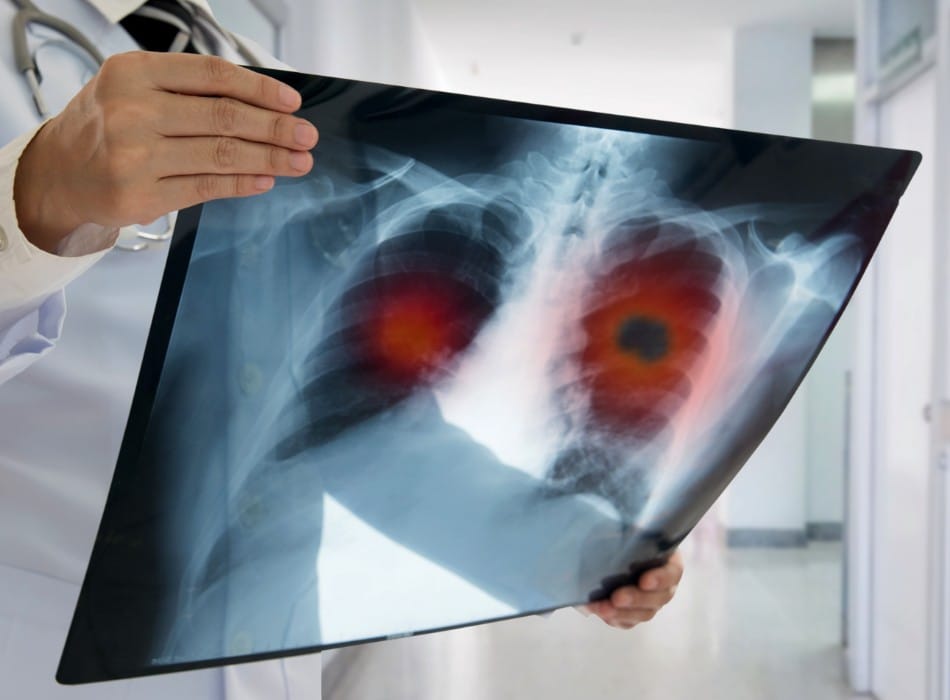We deliver the optimal result with our on-demand AI platform.


RAPTOR AI™
New Indication
We maximize the value of new drugs by identifying new indications with minimum cost and in a shorter time in collaboration with partners.
-
Input
-
01
Drug Signature Transcriptome Data
-
02
Disease Transcriptome Data
-
01
-
Output
-
01
New Indication
We identify a new indication other than the original indication of the drug candidate under development.
-
02
Combination Drug
We identify a combination drug that can improve the efficacy synergistically with the original drug.
-
01
Reference 01
New Indication Expansion
We identified a new indication of a drug candidate in Phase II.
We analyzed the transcriptome data of a new drug candidate that is in Phase II clinical trial, an asset of our collaborating pharmaceutical company. RAPTOR AI™ predicted that the drug candidate will show high efficacy in the liver disease treatment. We validated the efficacy through in vitro and in vivo validation and currently planning a clinical trials after filing a patent application. Our partner pharmaceutical company was able to add a clinical stage pipeline that has high unmet medical needs while saving 95% of the cost and almost 7 years that is required to reach phase I from early drug discovery.
Reference 02
Combination Drug
The 1st L/O from an AI Biotech to a traditional pharmaceutical company.
We set sarcopenia as a target disease and ran RAPTOR AI™ to search for the drugs that will show efficacy in treating the disease. We identified two drugs that can show high efficacy when used simultaneously and validated them through in vitro and in vivo studies. We licensed out to Korea Pharma, which recorded the 1st L/O deal of an AI-developed drug from an AI Biotech to a traditional pharmaceutical company.


ONCO-RAPTOR AI™
Optimal Cancer Type Identification
Efficient clinical trials can be carried out by identifying the optimal cancer types for the anti-cancer drug under development.
-
Input
-
01
Anti-Cancer Drug Signature Transcriptome Data
-
02
Cancer Prognosis Transcriptome Data
-
01
-
Output
-
01
Optimal Cancer Type
We identify the optimal cancer types for the given anti-cancer drug.
-
02
Companion Biomarker
We identify the companion biomarker for the given anti-cancer drug.
-
01
Reference 01
Optimal Cancer Type Identification
With ONCO-RAPTOR AI, we identified the most optimal cancer types for the anti-cancer drug preparing to begin clinical trials.
In collaboration with our partner pharmaceutical company, we identified an additional solid cancer indication optimized for anti-cancer drugs, originally developed as a blood cancer treatment, using ONCO-RAPTOR AI™. Currently we are preparing for phase 1 clinical trials jointly with partners, including additionally confirmed solid cancers.


ONCOfind AI™
CUP Primary Site Identification
We identify the primary site of the Carcinoma of Unknown Primary (“CUP”) with 92% accuracy.
-
Input
-
01
CUP Patient’s Cancer Tissue Transcriptome Data
-
01
-
Output
-
01
CUP Primary Site Identification
We identify the primary site of the Carcinoma of Unknown Primary (“CUP”)
-
02
Recommend the Optimal Anti-Cancer Treatment
We recommend the optimal treatment according to the original cancer tumor.
-
01
Reference 01
Recommending the Optimal Treatment
ONCOfind AI™ will identify the primary cancer site.
CUP is a cancer type which metastasized cancer cells are found but the primary tumor site is unknown, and accounts for 3-5% of all cancers. Traditionally immunohistochemical staining method is used and can diagnose the location of the primary cancer with an accuracy of only 40-65%. Globally, about 5 companies are engaged in the CUP’s primary cancer location screening service business with an accuracy of around 79-90%, and in Korea, there are no companies engaged in this service. ONCOCROSS’ ONCOfind AI identifies the location of the primary cancer with up to 92% accuracy.
Oncocross New Drug Development Pipelines
We are developing pipelines on cancers, rare diseases, intractable diseases, and metabolic diseases on our own as well as through collaboration with pharmaceutical company, research institutes, and innovative biotechs.